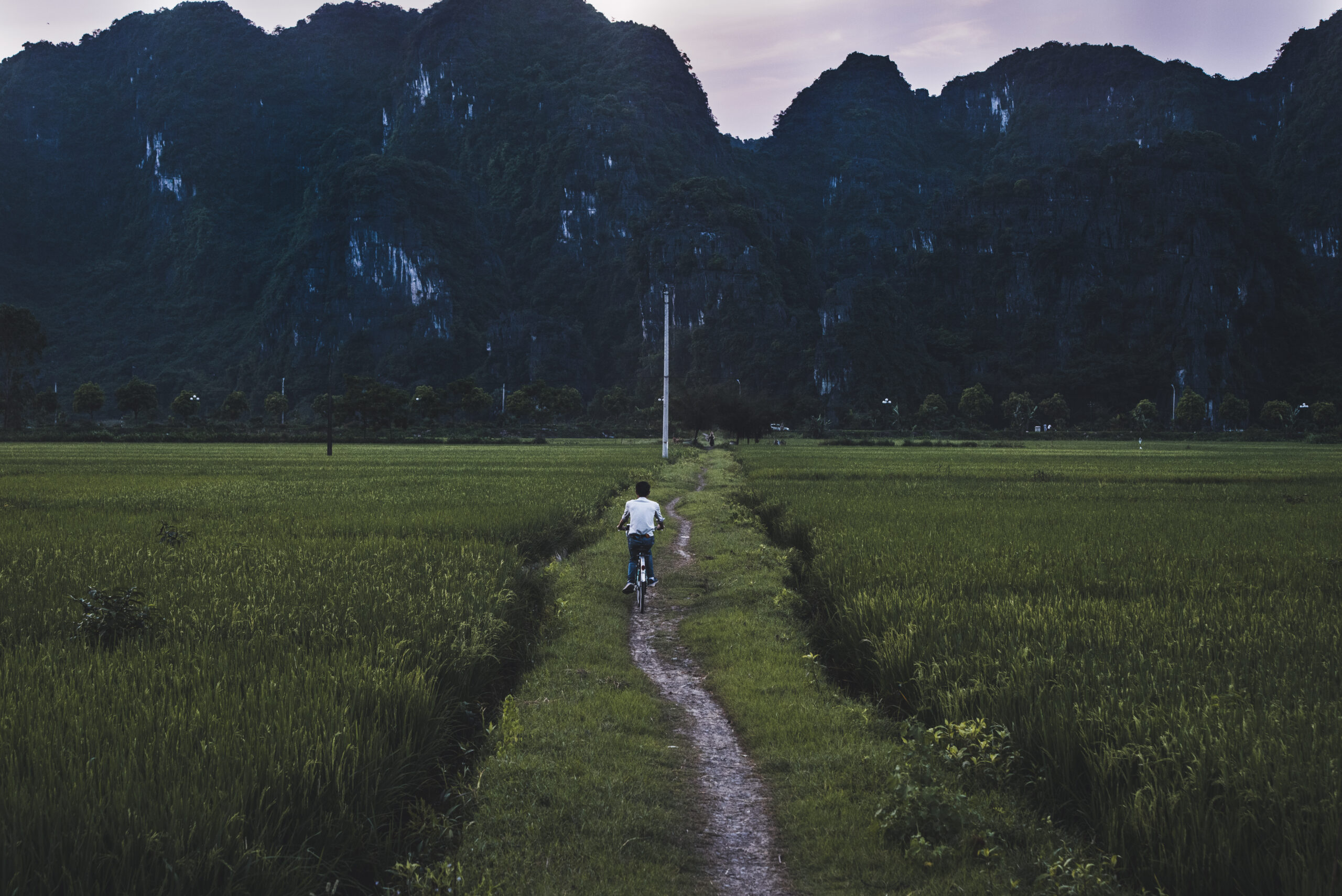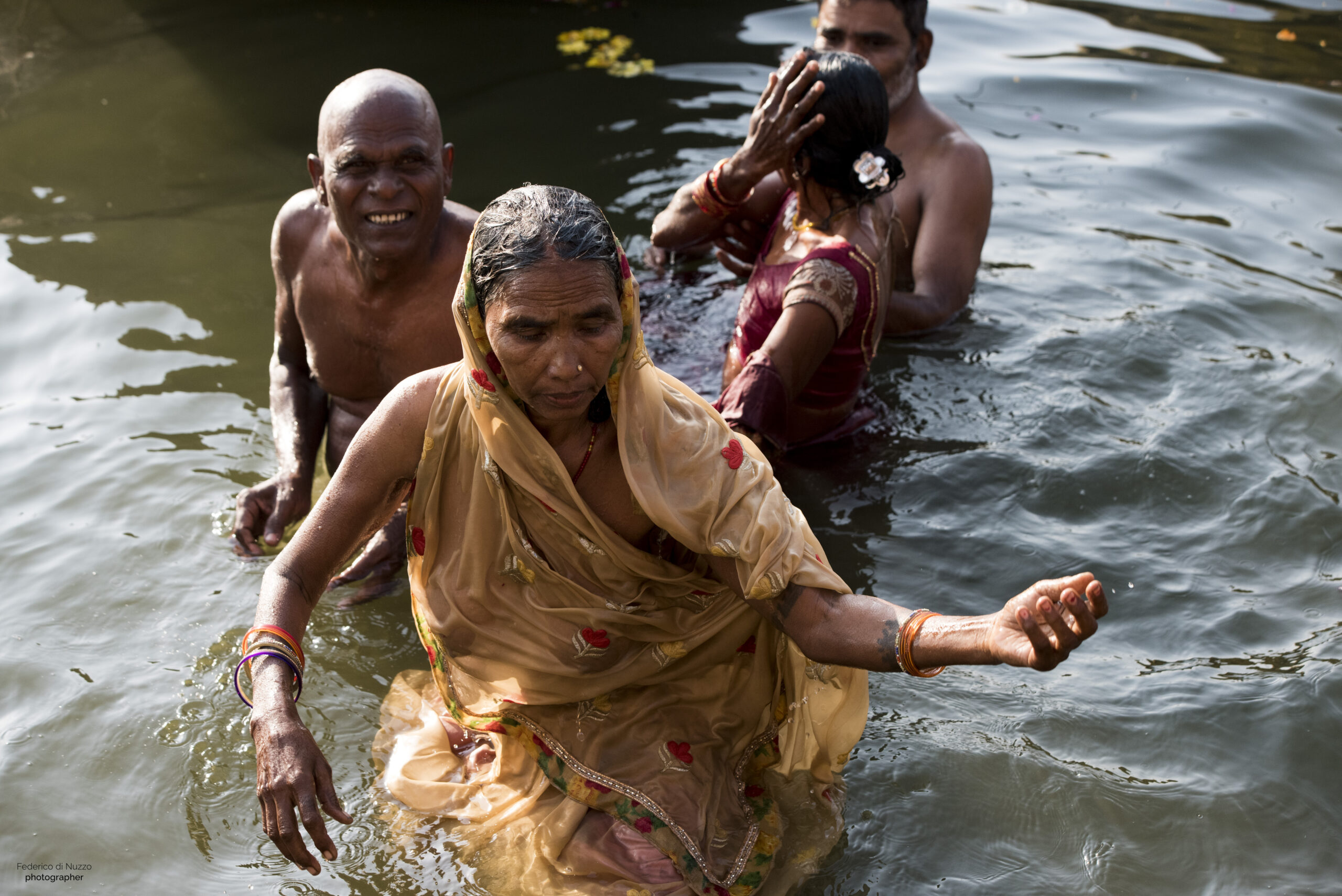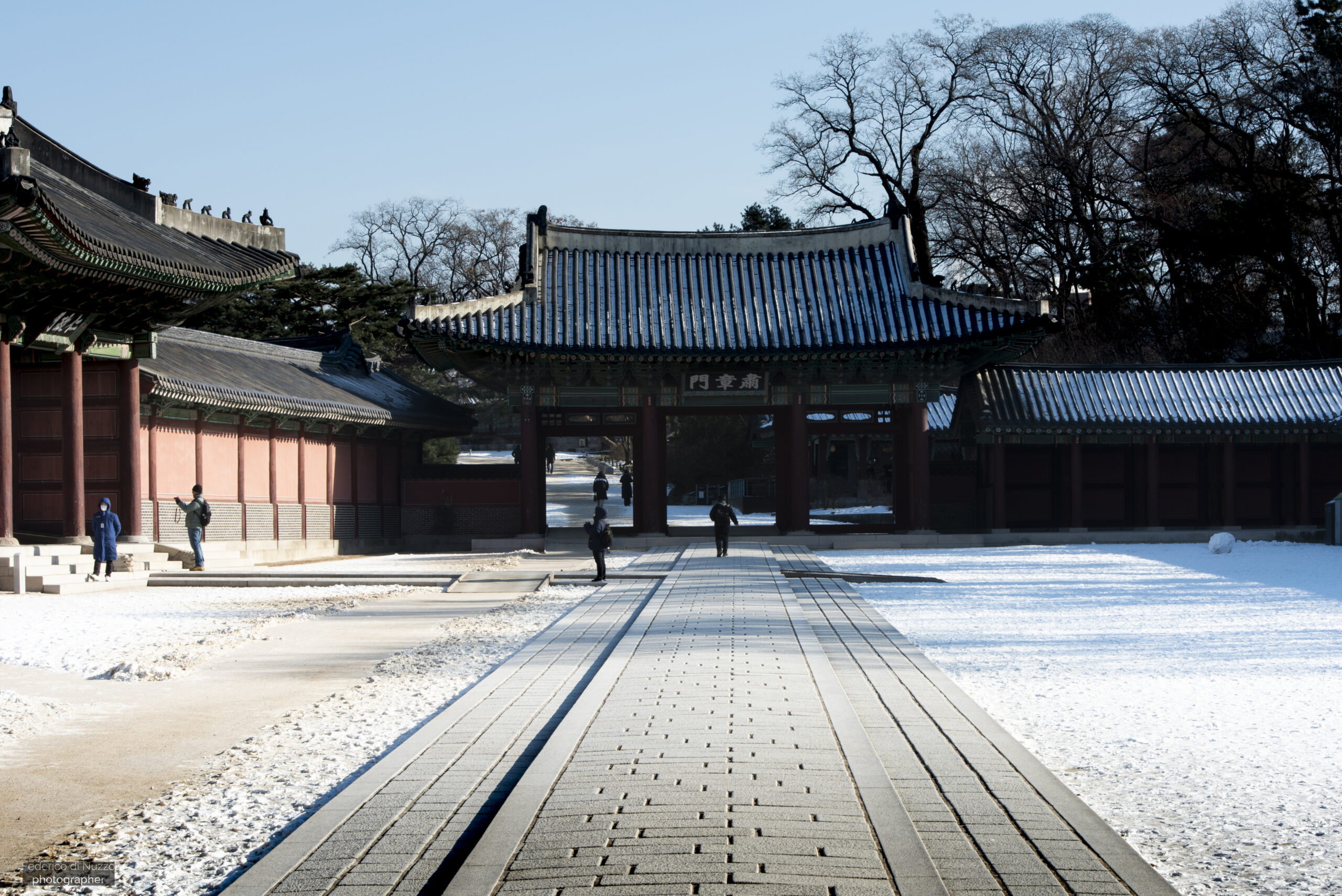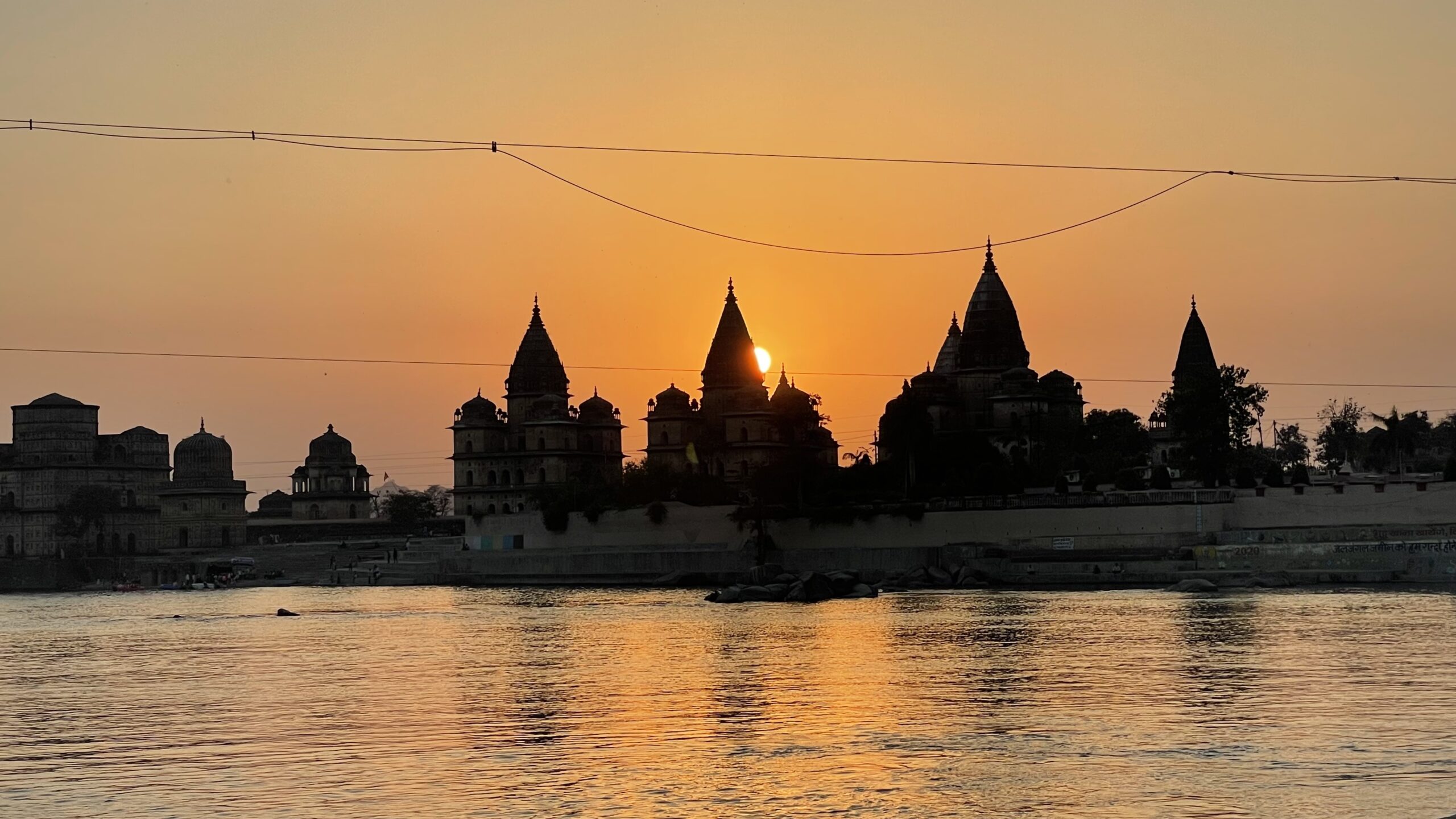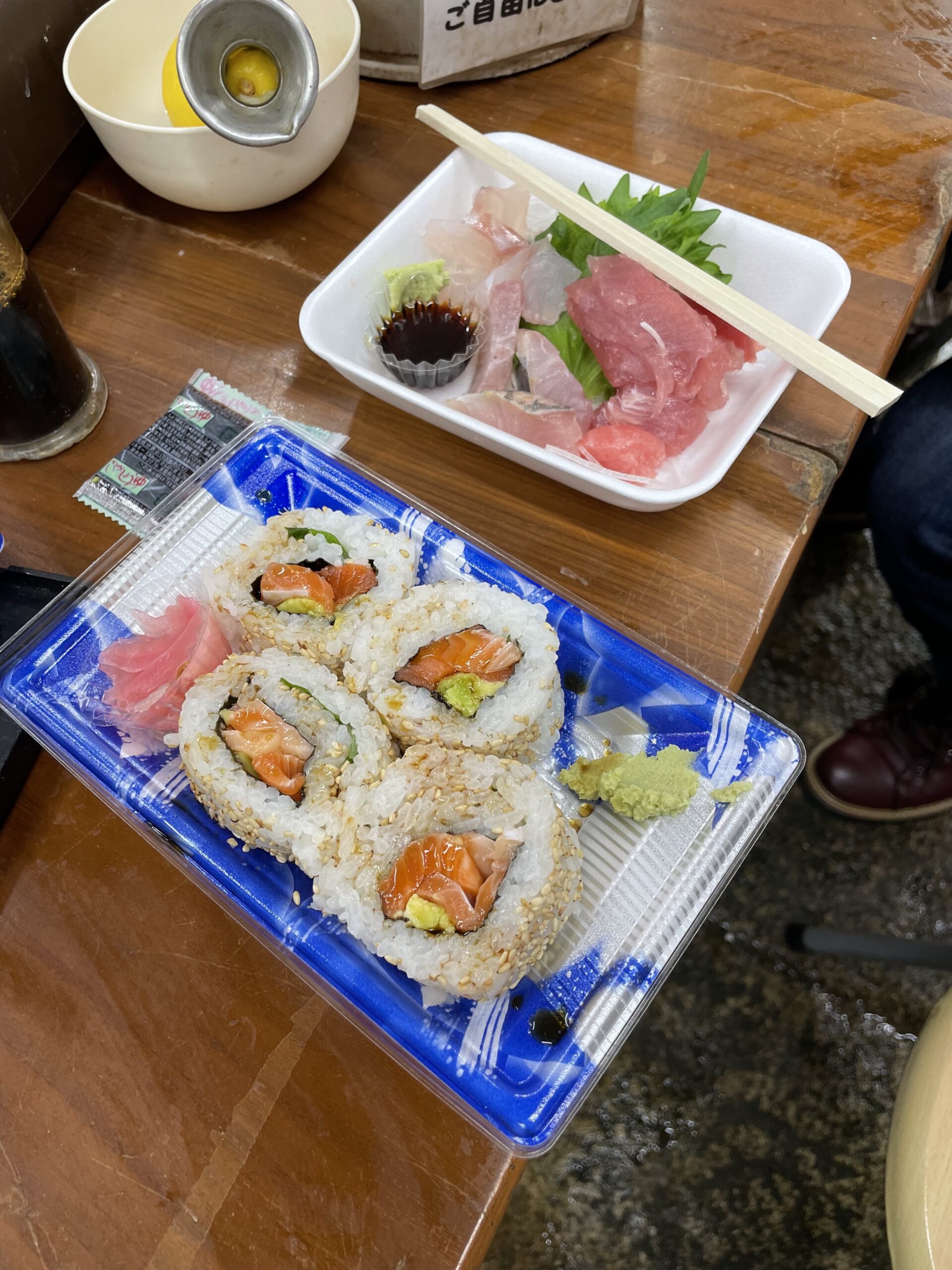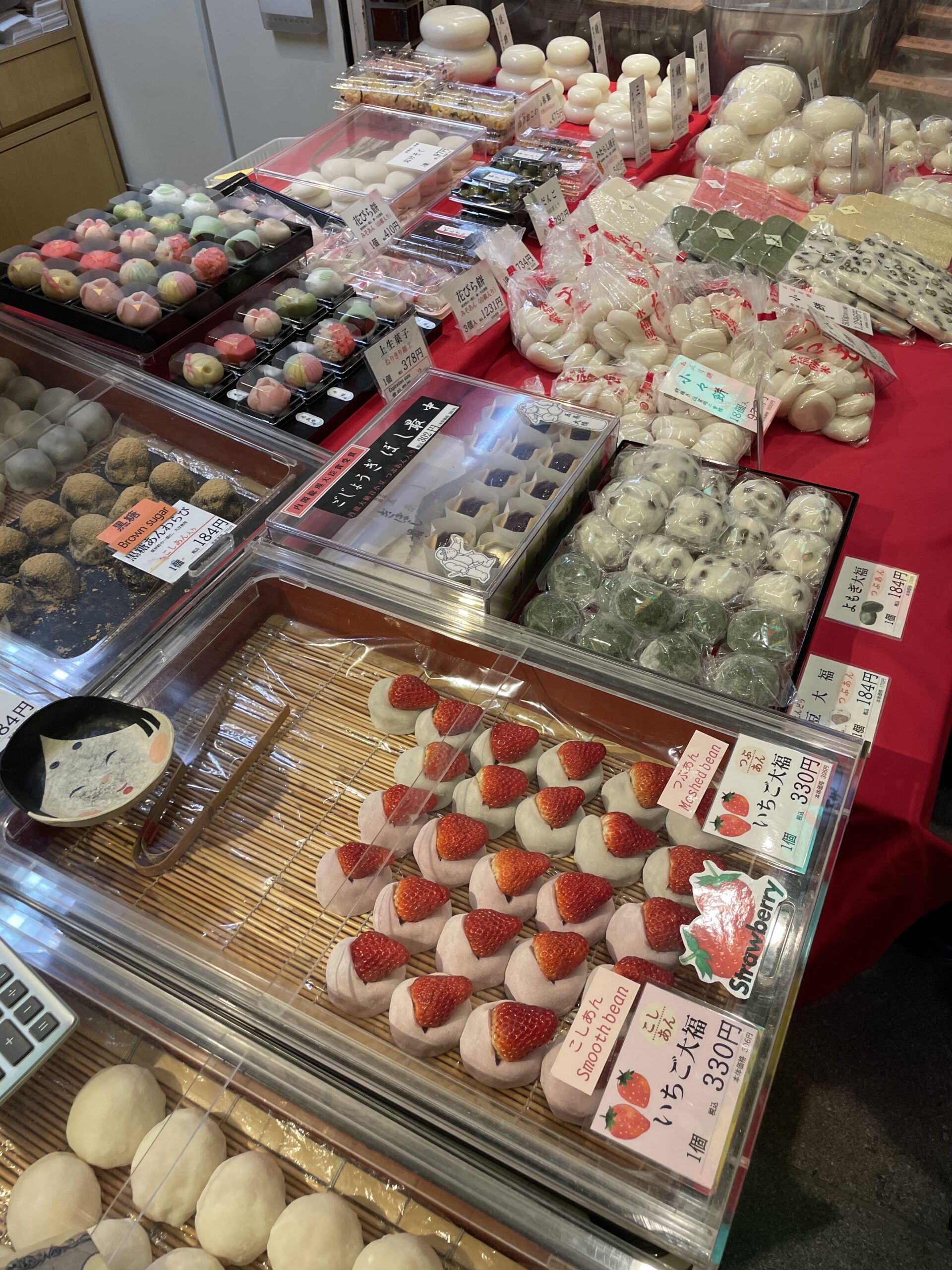Kyoto: alleys, temples and street food!
Capital of Japan from 794 to 1868 and residence of the emperor, Kyoto was part of my road trip of Japan. It is immersed in the imperial, religious tradition of the country, and this is still the clear imprint that strikes you as soon as you arrive. Its position is strategic for those who want to try a wider trip, from the excellent connections via Shinkansen with Tokyo, to the very close Osaka, up to the city of Hiroshima in the far west. Kyoto is not only ryokan and temples but also a lot of nightlife, and Onsen!
Kyoto: alleys, temples and street food!
Capital of Japan from 794 to 1868 and residence of the emperor, Kyoto was part of my road trip of Japan.
It is immersed in the imperial, religious tradition of the country, and this is still the clear imprint that strikes you as soon as you arrive. Its position is strategic for those who want to try a wider trip, from the excellent connections via Shinkansen with Tokyo, to the very close Osaka, up to the city of Hiroshima in the far west. Kyoto is not only ryokan and temples but also a lot of nightlife, and Onsen!
What to see in Kyoto
I will focus on the essential things to visit, but a lot will also depend on the time available to you and on the type of visit you want to do. Personally, as written in the introduction, I decided for a mixed dive.
I have to start mentioning the historical landmarks, such as Kinkaku-ji, a golden Zen temple located in the northern area of Kyoto, a UNESCO heritage site.
Kiyomizu-dera, one of the most beautiful and impressive temples in Japan, also a UNESCO heritage site. The panorama of the city is extraordinary, which can be admired from the terrace that can be reached by entering the complex.
Fushimi Inari, the Shinto shrine of Fushimi Inari, located in the southern area of Kyoto, very famous for its path to reach the top of Mount Inari, surrounded by hundreds of red tori. Along the way you can stop at strategic points to admire small prayer areas with altars and typical Shinto architecture.
Nishiki Market
Nishiki Market really stole my heart. I had the best sashimi of my life and the mochi you will find here is inimitable. In my opinion, it is the ideal place to get to know and taste the ingredients of the local cuisine at a reasonable price.
Higashiyama
The historic district near the Kiyomizu-dera temple, one of the most suitable places to immerse yourself in the atmosphere of traditional Kyoto, surrounded by wooden houses and small shops. If you are lucky you may still meet some Geishas at sunset walking through the alleys. Alternatively you can also try Gion, a small group of routes. Going down from Higashiyama towards the river, it is the district that develops towards the right.
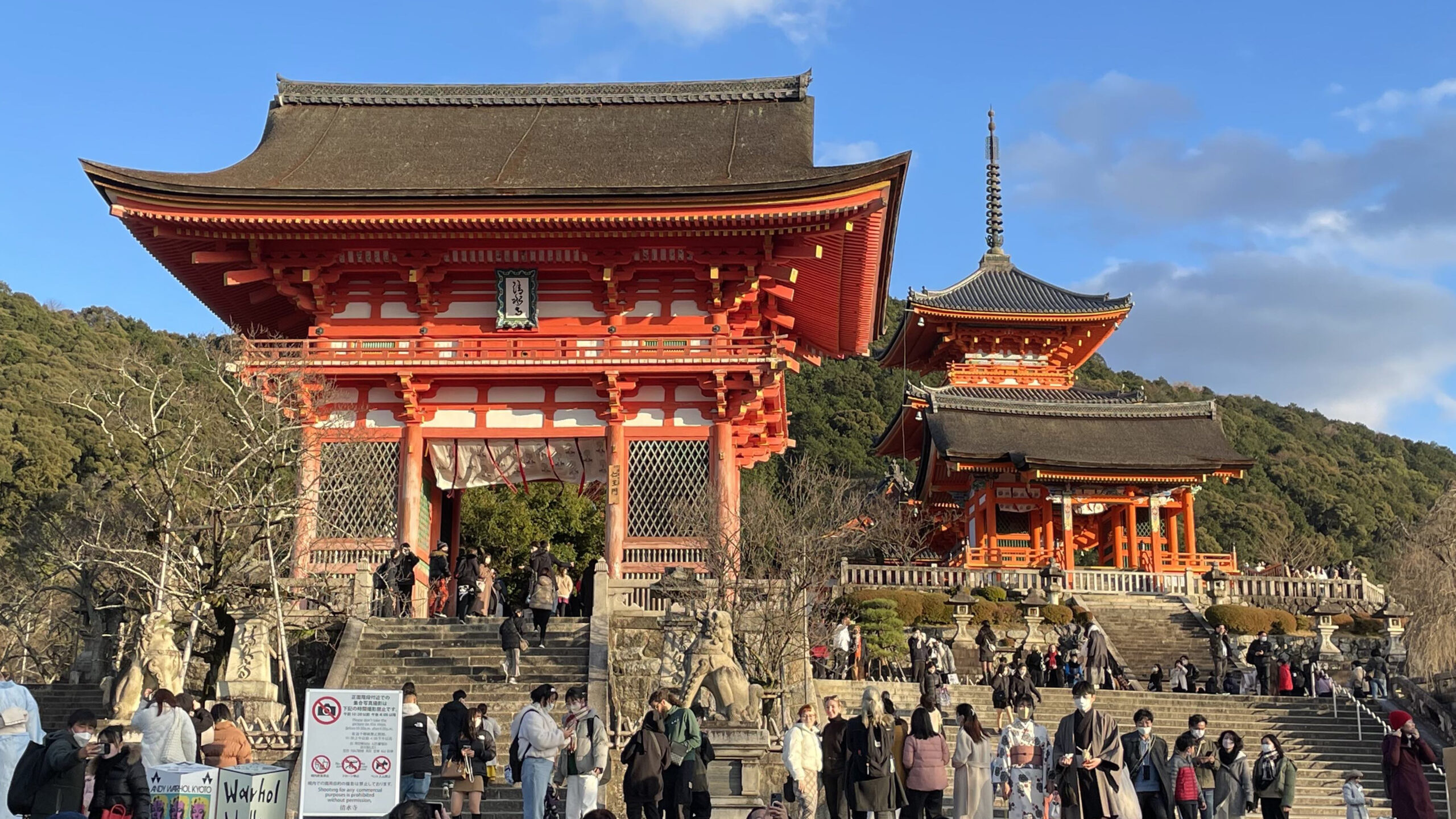
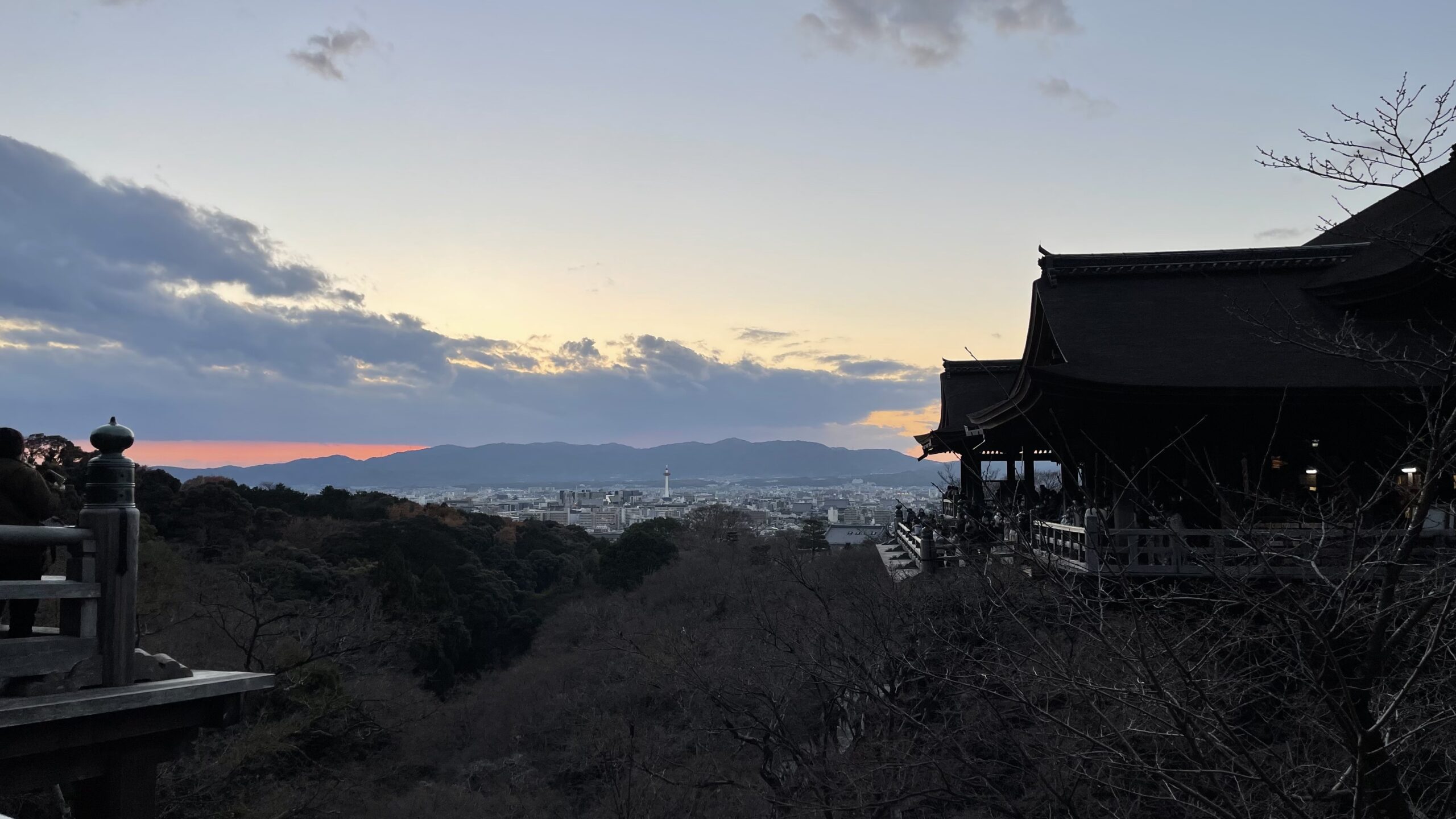
Take a look at my photo reportage
Arashiyama, most famous for its characteristic bamboo forest. Walking through the forest it is also possible to reach viewpoints overlooking the Katsura River. You can also choose to go down to the river and continue the walk to the Togetsu-kyo bridge and stop there for a snack.
Also worth to visit are Ryoan-ji, the imperial palace, Nijo Castle, Sanjusangen-do, Ginkaku-ji.
What to see in Kyoto
I will focus on the essential things to visit, but a lot will also depend on the time available to you and on the type of visit you want to do. Personally, as written in the introduction, I decided for a mixed dive.
I have to start mentioning the historical landmarks, such as Kinkaku-ji, a golden Zen temple located in the northern area of Kyoto, a UNESCO heritage site.
Kiyomizu-dera, one of the most beautiful and impressive temples in Japan, also a UNESCO heritage site. The panorama of the city is extraordinary, which can be admired from the terrace that can be reached by entering the complex.
Fushimi Inari, the Shinto shrine of Fushimi Inari, located in the southern area of Kyoto, very famous for its path to reach the top of Mount Inari, surrounded by hundreds of red tori. Along the way you can stop at strategic points to admire small prayer areas with altars and typical Shinto architecture.

Nishiki Market
Nishiki Market really stole my heart. I had the best sashimi of my life and the mochi you will find here is inimitable. In my opinion, it is the ideal place to get to know and taste the ingredients of the local cuisine at a reasonable price.
Higashiyama
The historic district near the Kiyomizu-dera temple, one of the most suitable places to immerse yourself in the atmosphere of traditional Kyoto, surrounded by wooden houses and small shops. If you are lucky you may still meet some Geishas at sunset walking through the alleys. Alternatively you can also try Gion, a small group of routes. Going down from Higashiyama towards the river, it is the district that develops towards the right.
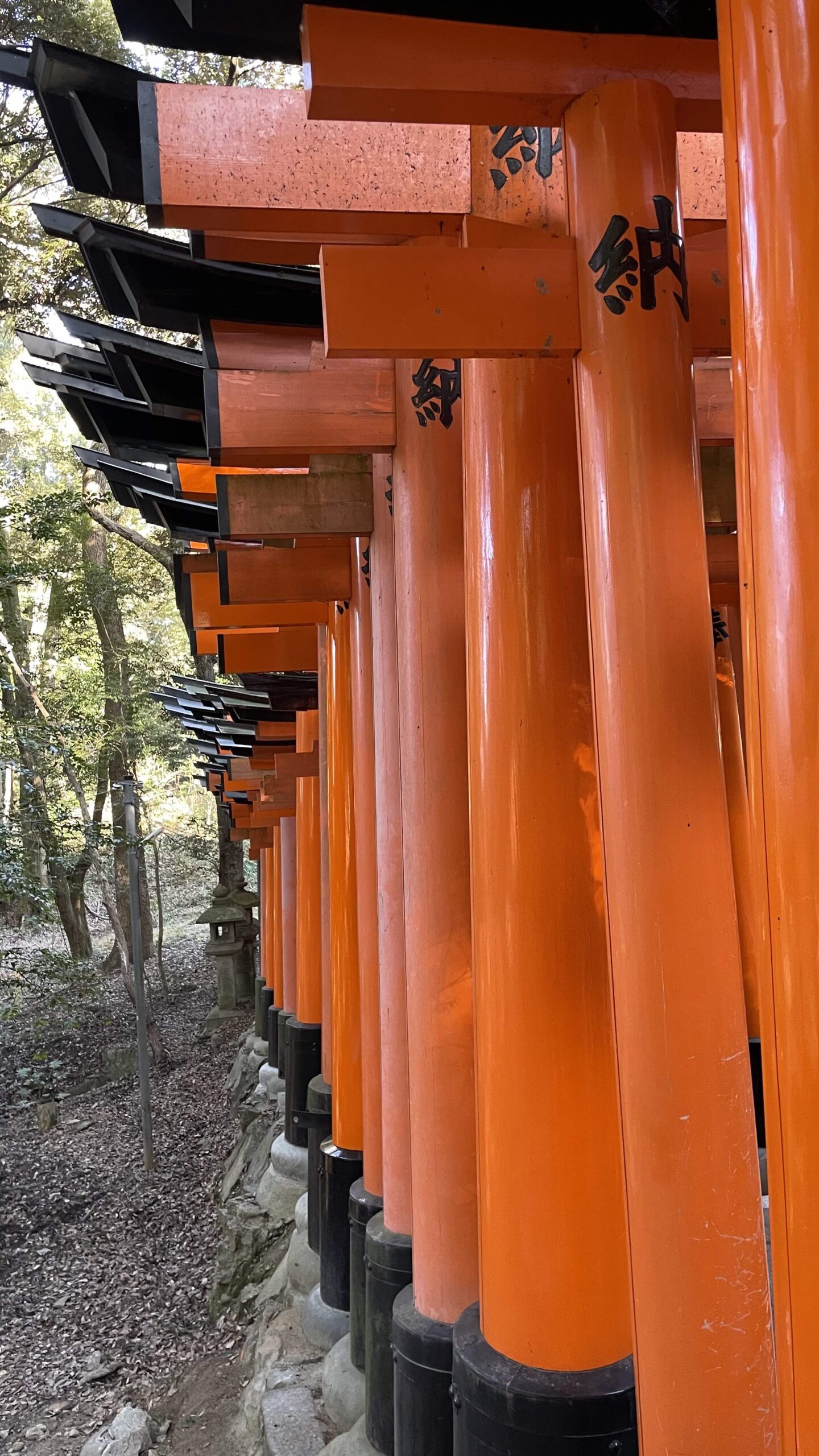
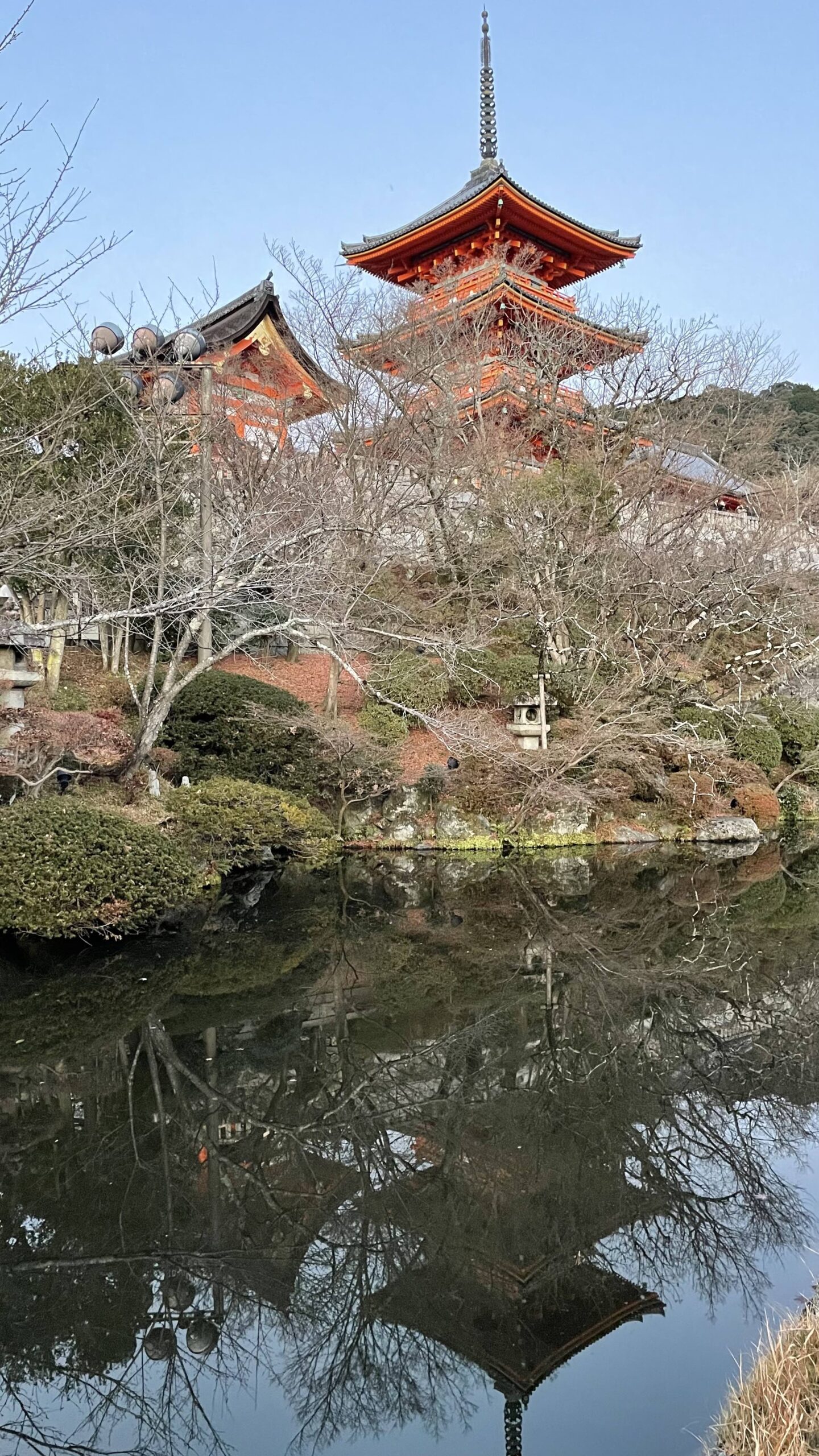


Take a look at my photo reportage
Arashiyama, most famous for its characteristic bamboo forest. Walking through the forest it is also possible to reach viewpoints overlooking the Katsura River. You can also choose to go down to the river and continue the walk to the Togetsu-kyo bridge and stop there for a snack.
Also worth to visit are Ryoan-ji, the imperial palace, Nijo Castle, Sanjusangen-do, Ginkaku-ji.
Getting around in Kyoto
As I mentioned above, Kyoto Central Station is one of the largest and busiest in Japan, thanks to its strategic location.
Kyoto has 2 metro lines, called Karasuma (green) and Tozai (red), but I also used buses, especially when I had to move to more to off the beaten path places (Funaoka Onsen)
At the station it is possible to buy various types of day tickets for buses and the underground, which allow you to save money on days when you expect to make abundant use of public transport.
Getting around in Kyoto
As I mentioned above, Kyoto Central Station is one of the largest and busiest in Japan, thanks to its strategic location.
Kyoto has 2 metro lines, called Karasuma (green) and Tozai (red), but I also used buses, especially when I had to move to more to off the beaten path places (Funaoka Onsen)
At the station it is possible to buy various types of day tickets for buses and the underground, which allow you to save money on days when you expect to make abundant use of public transport.
Where to eat in Kyoto
Your destination, hands down, is Nishiki Market; this market is definitely the home of street food in Kyoto. I had the best sashimi of my life and probably also the best Maki (in addition to nigiri and Onigiri, it’s the only type of Sushi that really exists; sorry to say it, but what we got in western country is mostly not japanese..Also, the mochi that you will find here are inimitable.It is the ideal place in my opinion to get to know and taste the ingredients of the local cuisine at a reasonable price.
Ramen fire House. This nice Ramen-only restaurant offers its diners the classic Ramen of Japanese cuisine, but as the name says, it comes with flares! The “Boss”, infact, will serve your bowl literally on fire. You can also choose a fixed menu with rice and dumplings. Kyoto is famous for the numerous Izakaya (typical Japanese places to eat and drink). They are very small and close early (like almost all places in Japan), but if you are patient, there are only a few of you, you can enjoy a nice evening nibbling sashimi, Okonomiyaki, Noodles and drinking Asahi beer.
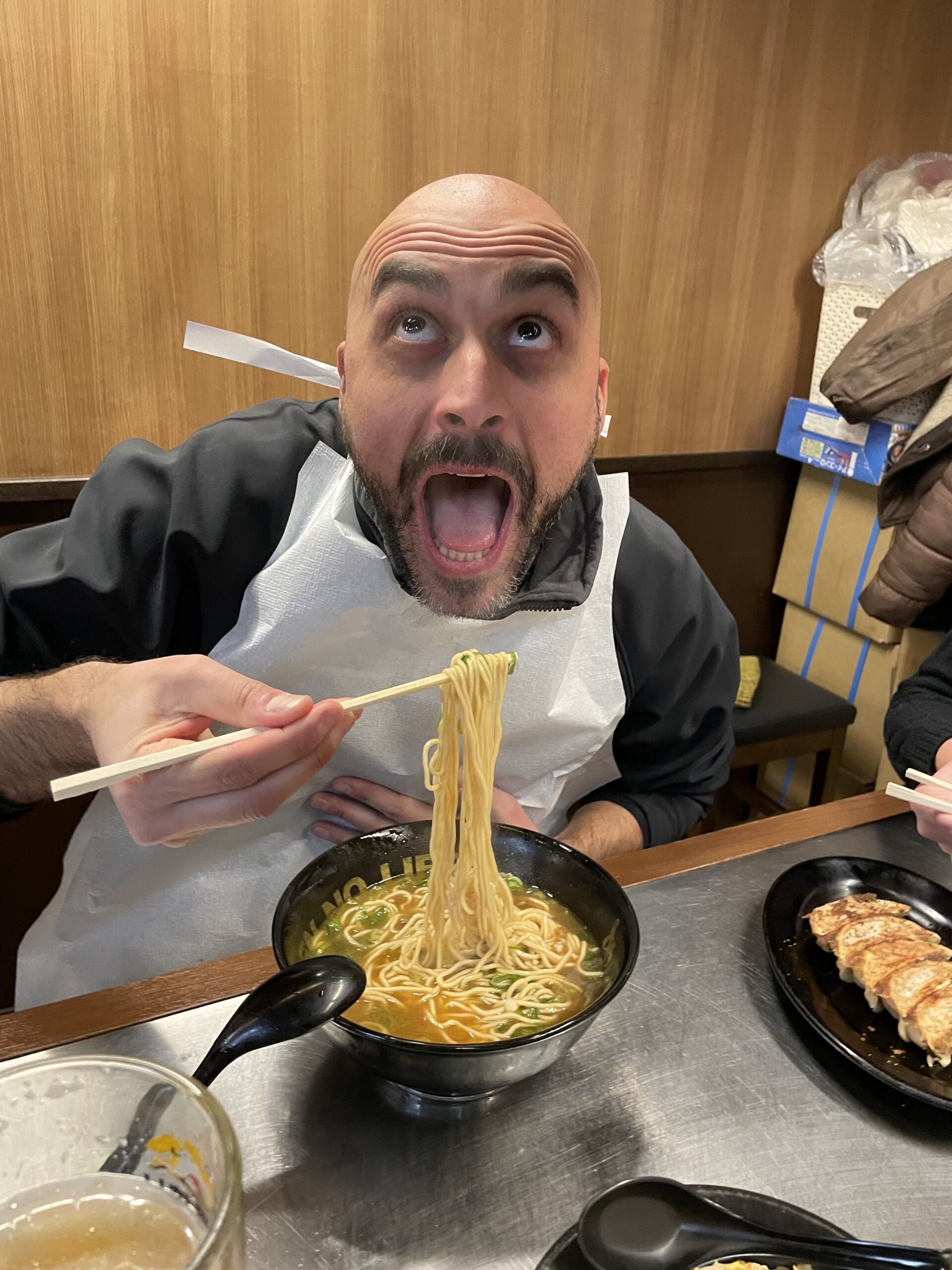
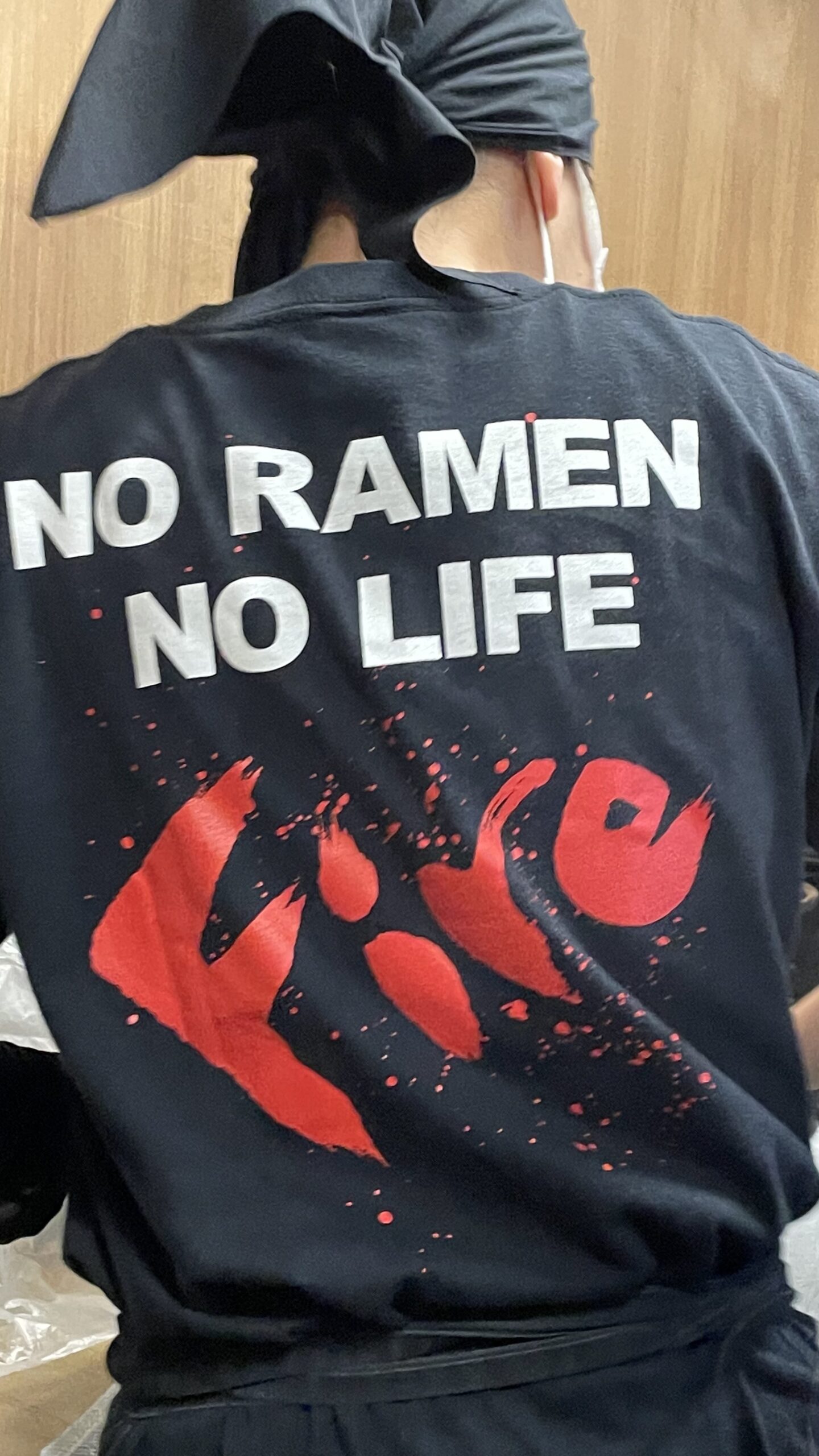
Where to eat in Kyoto
Your destination, hands down, is Nishiki Market; this market is definitely the home of street food in Kyoto. I had the best sashimi of my life and probably also the best Maki (in addition to nigiri and Onigiri, it’s the only type of Sushi that really exists; sorry to say it, but what we got in western country is mostly not japanese..Also, the mochi that you will find here are inimitable.It is the ideal place in my opinion to get to know and taste the ingredients of the local cuisine at a reasonable price.
Ramen fire House. This nice Ramen-only restaurant offers its diners the classic Ramen of Japanese cuisine, but as the name says, it comes with flares! The “Boss”, infact, will serve your bowl literally on fire. You can also choose a fixed menu with rice and dumplings. Kyoto is famous for the numerous Izakaya (typical Japanese places to eat and drink). They are very small and close early (like almost all places in Japan), but if you are patient, there are only a few of you, you can enjoy a nice evening nibbling sashimi, Okonomiyaki, Noodles and drinking Asahi beer.



